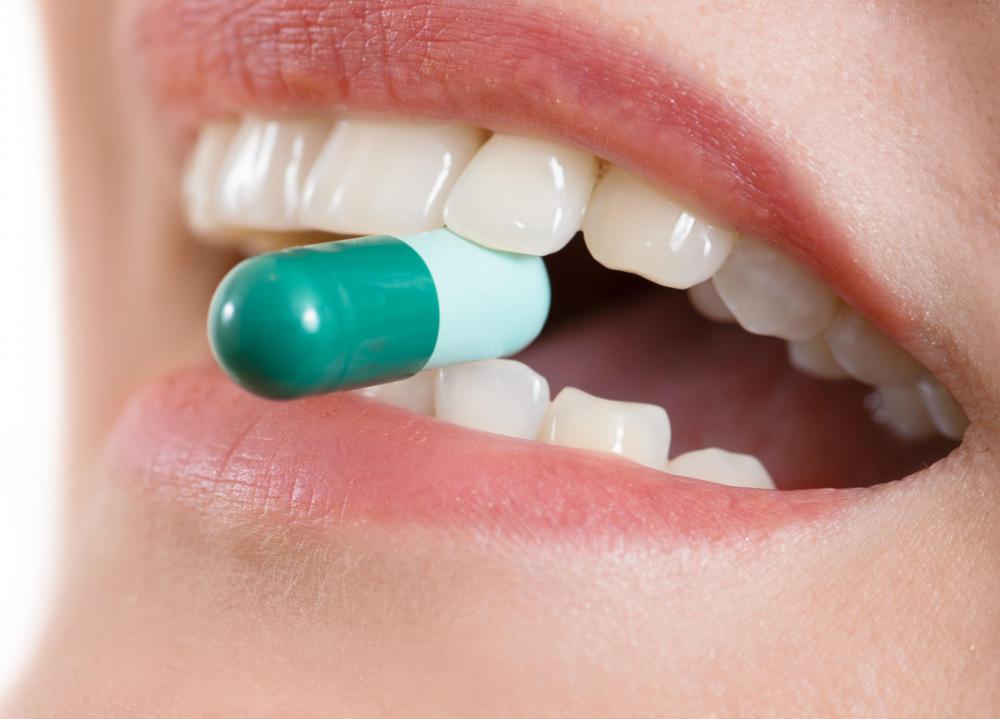At TheHealthBoard, we're committed to delivering accurate, trustworthy information. Our expert-authored content is rigorously fact-checked and sourced from credible authorities. Discover how we uphold the highest standards in providing you with reliable knowledge.
What is Gingivoplasty?
Gingivoplasty surgery is a dental procedure in which the gums are reshaped. This procedure is typically carried out by a periodontist, and can be done for both cosmetic and medical reasons. In a related procedure called gingivectomy, loose gum tissue is entirely removed, and the remaining gum tissue is reshaped. Gingivectomy and gingivoplasty are often carried out in conjunction as a treatment for periodontal disease.
Gingivoplasties are carried out to remove excess gum tissue which can interfere with oral health. Excess gum tissue can cause the formation of pockets in between teeth and gums in which food can become trapped, which can promote periodontal disease. Severely overgrown gum tissue can even interfere with talking and chewing. When a periodontist reshapes the gums, they may remove excess gum tissue from some areas in addition to reshaping the gums to remove pockets of loose gum tissue.

Prior to the procedure, the teeth must be thoroughly cleaned by a dentist to remove all plaque and tartar deposits. The oral surgery can then be carried out, but this is not usually done on the same day. In most cases the gingivectomy or gingivoplasty procedure is carried out under local anesthetic, with the patient receiving injections to numb the gums. Patients may also receive some form of tranquilizer to help them stay calm during the procedure. In most cases the periodontist will reshape the gums using hand-tools such as scalpels, but depending on the case he or she may also use electrosurgical techniques or lasers.

After the procedure is complete, the patient is fitted with a dressing to help protect the gums. This periodontal dressing must be used for up to ten days, during which time the patient must maintain a bland diet of soft foods. Crunchy, chewy, and hard foods must be avoided to protect the delicate gum tissue. Most people do not experience much pain after undergoing a gingivoplasty, but may find that their gums bleed for several days following the procedure.

The gums may take up to three months to fully recover from a gingivoplasty. While pain is usually minimal, it does take a significant amount of time for the gums to heal. During this time it’s also important that the mouth is kept clean. Most people find they can brush almost as normal, and can floss once the periodontal dressing is removed. Often antiseptic mouthwashes and pain medication are recommended to help manage pain and reduce the possibility of post-operative infection. A patient who notes signs of infection such as excessive gum pain or swelling, or swelling of the glands beneath the jaw and neck, should inform his or her dentist immediately.
AS FEATURED ON:
AS FEATURED ON:


















Discuss this Article
Post your comments